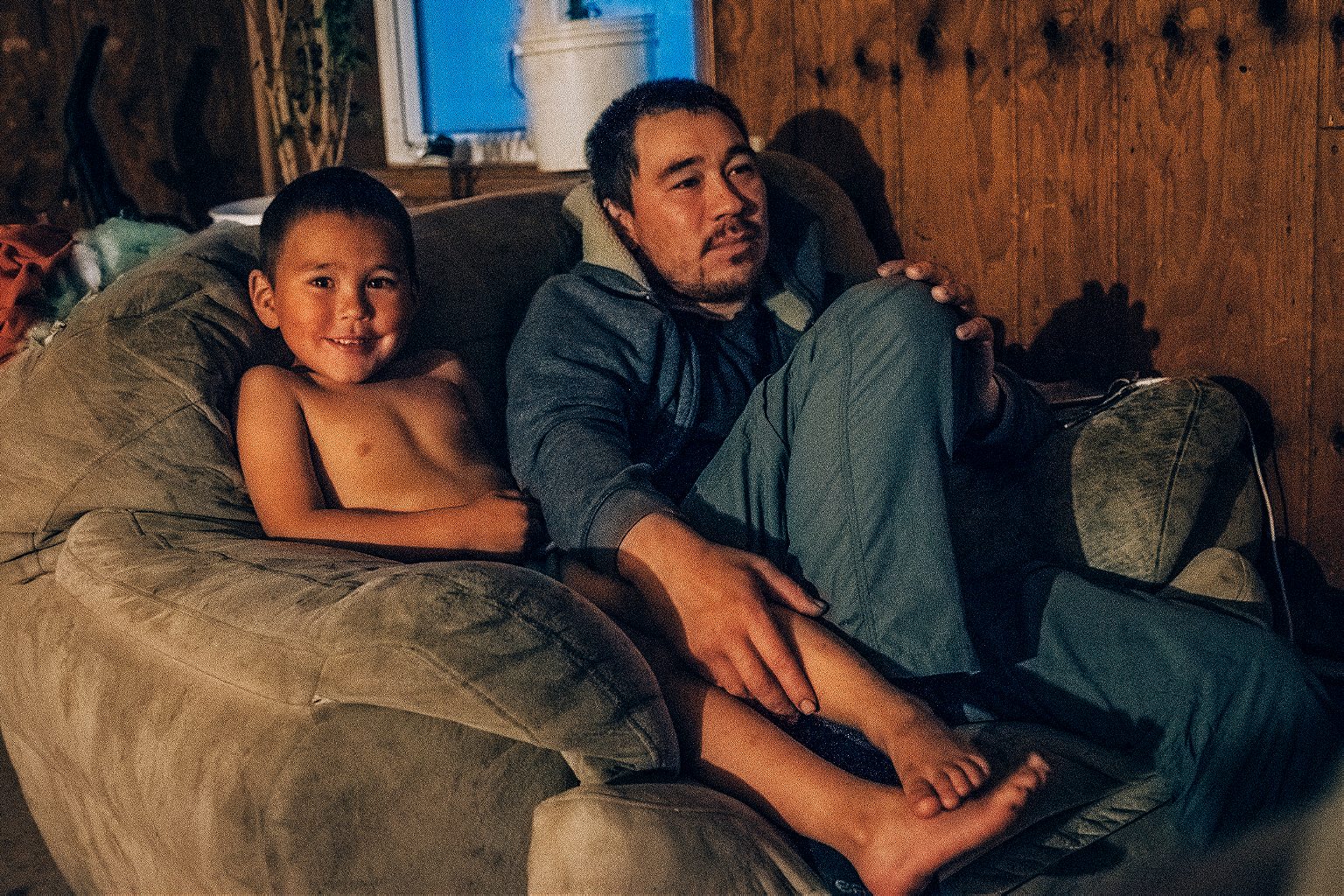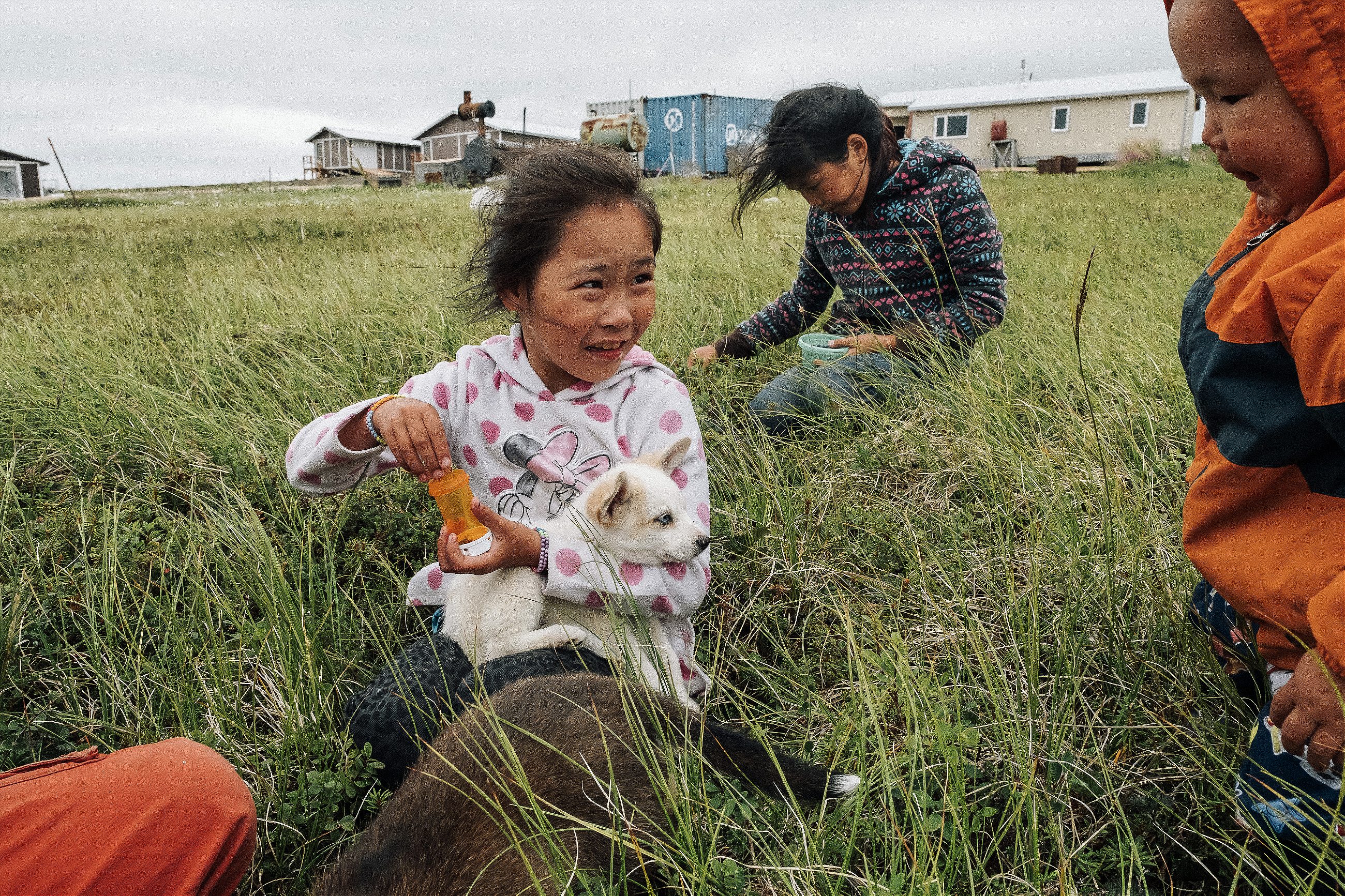In remote villages across Alaska, residents are fighting a desperate battle against global warming.
On Alaska’s remote Bering Sea coast, citizens of the United States, the world’s largest economy and most powerful country, are fighting a desperate battle against the most serious environmental problem in human history.
The effects of climate change in the Arctic are varied and complex. Thawing permafrost cripples the foundations of houses and other infrastructure, while coastal erosion wears down the last barriers against the encroaching sea and storms that batter the coast regularly. The village of Newtok is located in a swampy plain between two rivers, below sea level. The school, many of the houses, and the roads are slowly sinking into the bog.
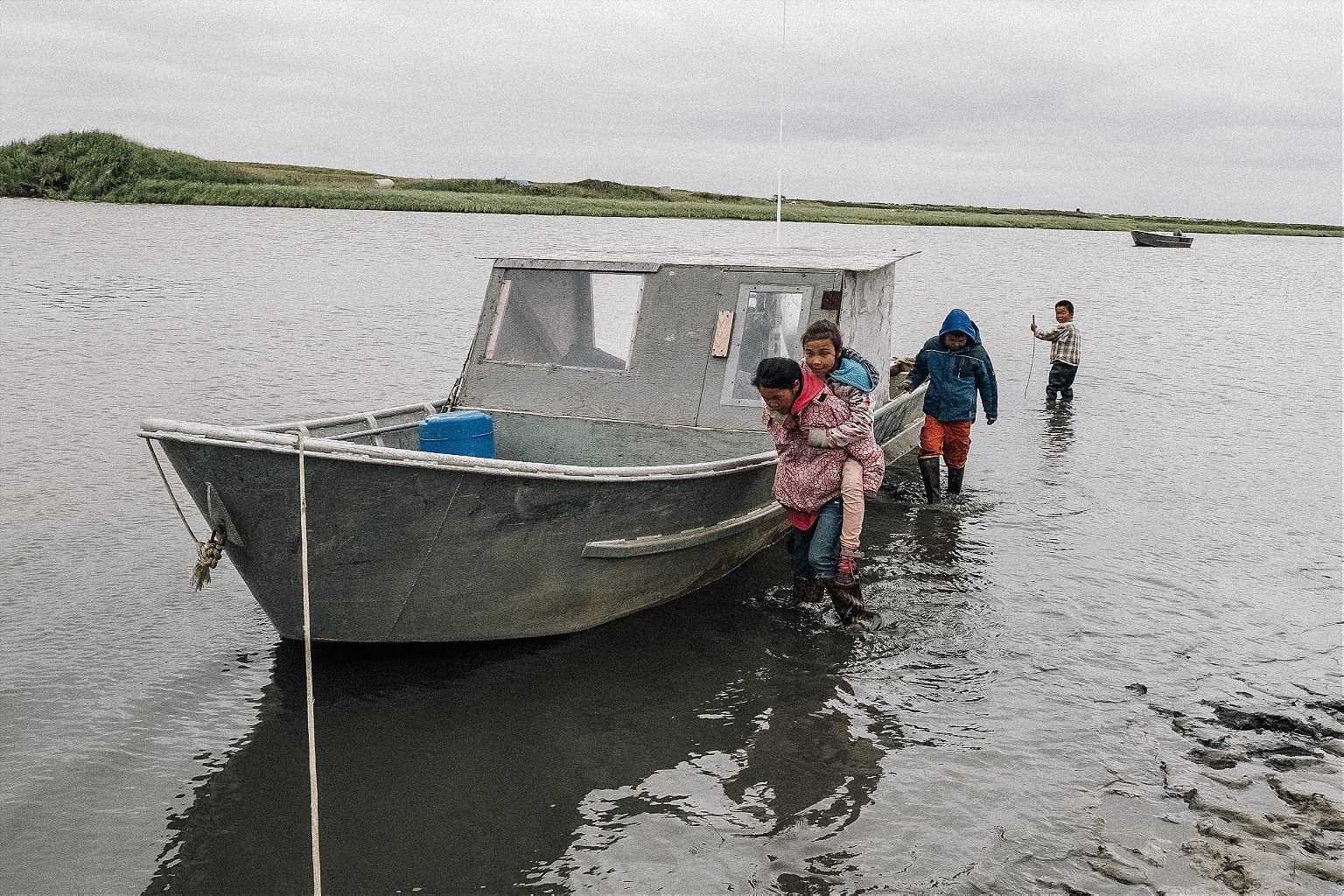
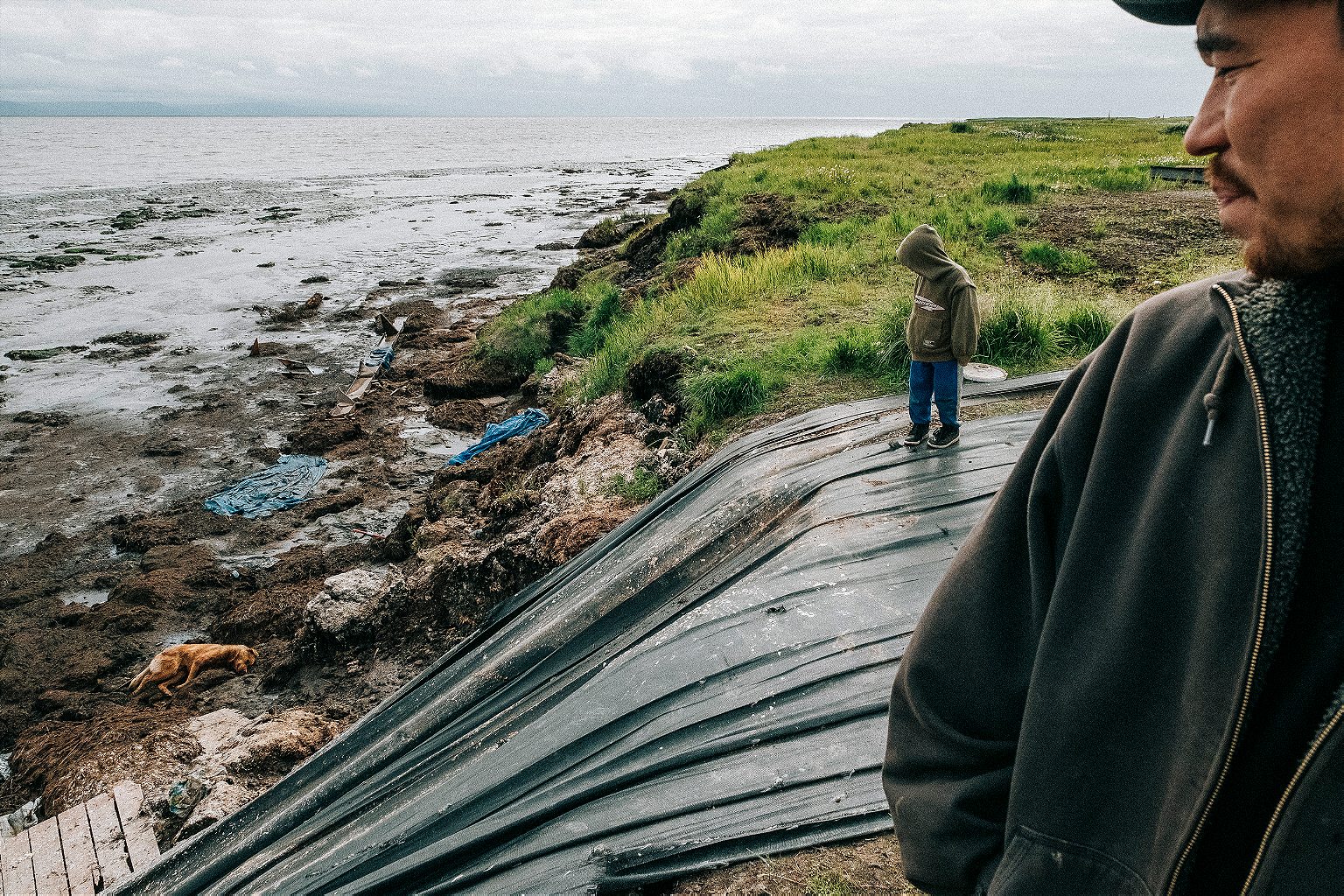

In 2003, the roughly 400 residents of Newtok—mainly members of the Yupik native group—voted to relocate their entire community to higher ground. But progress has been slow, hampered by logistical challenges and limited funds. To date, their new settlement, named Mertarvik, can only be reached by boat. Only seven houses, warehouses, a few roads and a landing dock for building materials have been built. Three families have taken up residence in the new village.
According to the U.S. General Accounting Office, 31 Alaskan villages face “imminent threats” from flooding and coastal erosion. Many of them will need to be relocated. But moving thousands of people to new homes, building new infrastructure, and providing basic services to the new communities will cost hundreds of millions of dollars.


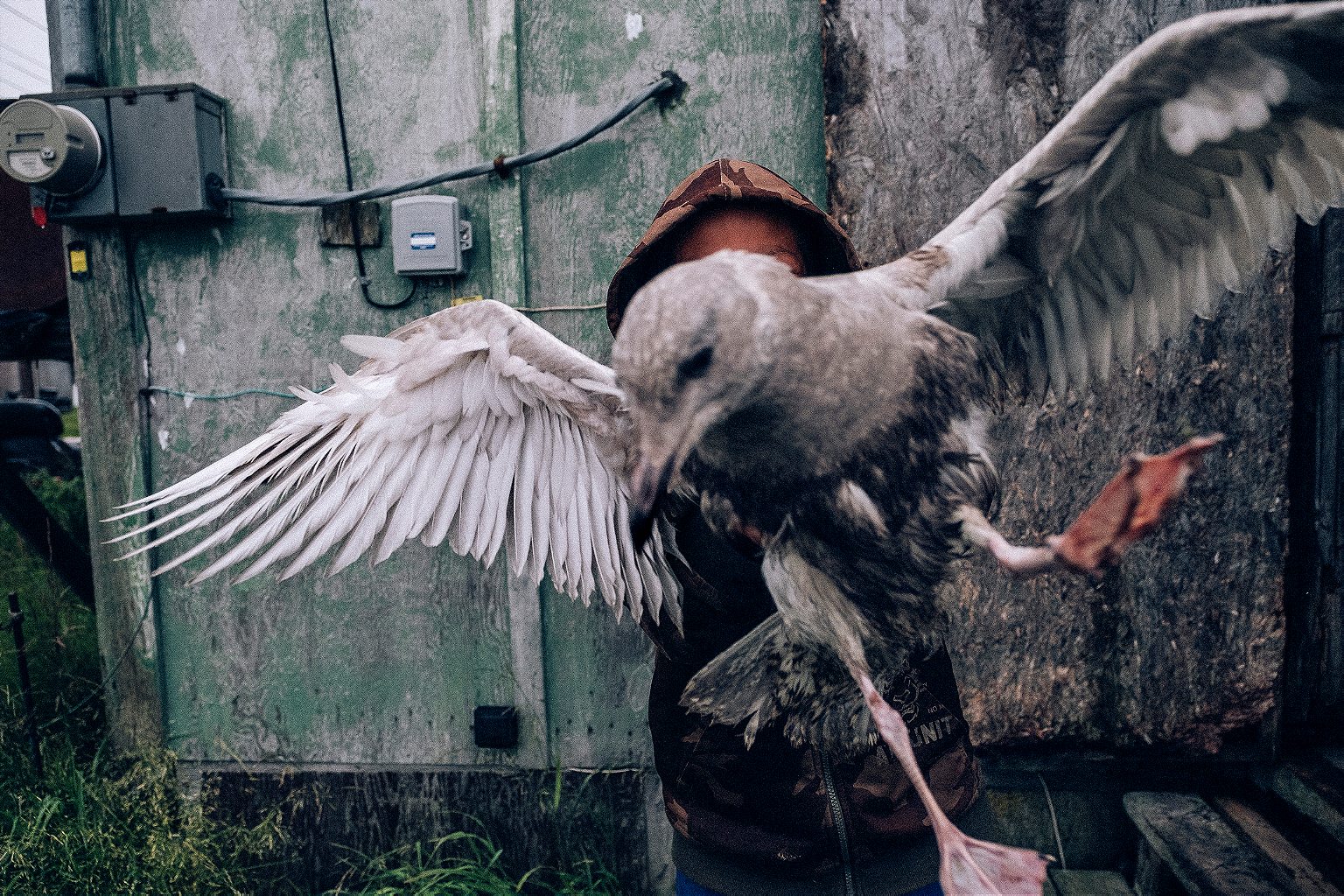
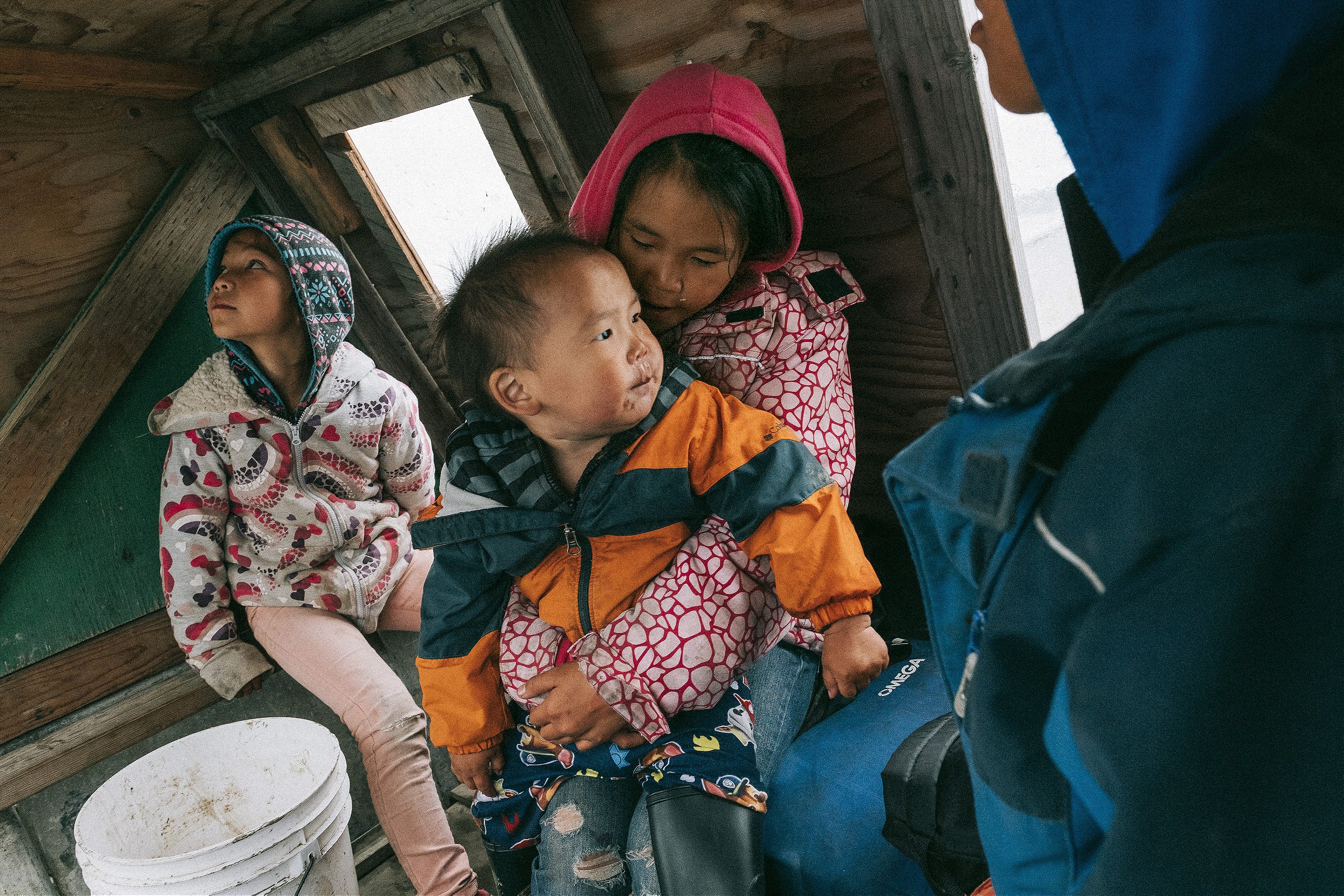
To protect the new houses from future effects of global warming, a new construction technique relies on a metal frame that acts as a flexible foundation for the houses and can be adjusted if the earth sinks or moves. Aaron Cook, an architect based in Fairbanks, has been visiting Newtok over the past eight years and is actively involved in the relocation process. Each of the new houses is assembled on a set of large skis that allows its tenants to decide where they want to live. The houses can easily be attached to the electricity grid and to water supply, and are also fitted with a diesel generator, solar panels, and a wind generator.
Climate scientists give Newtok around 10 to 15 years until it will be uninhabitable. Communities in Alaska and beyond are watching the developments there closely, to see how the U.S., one of the main contributors to greenhouse gas emissions, will respond to this man-made emergency on its own territory.

